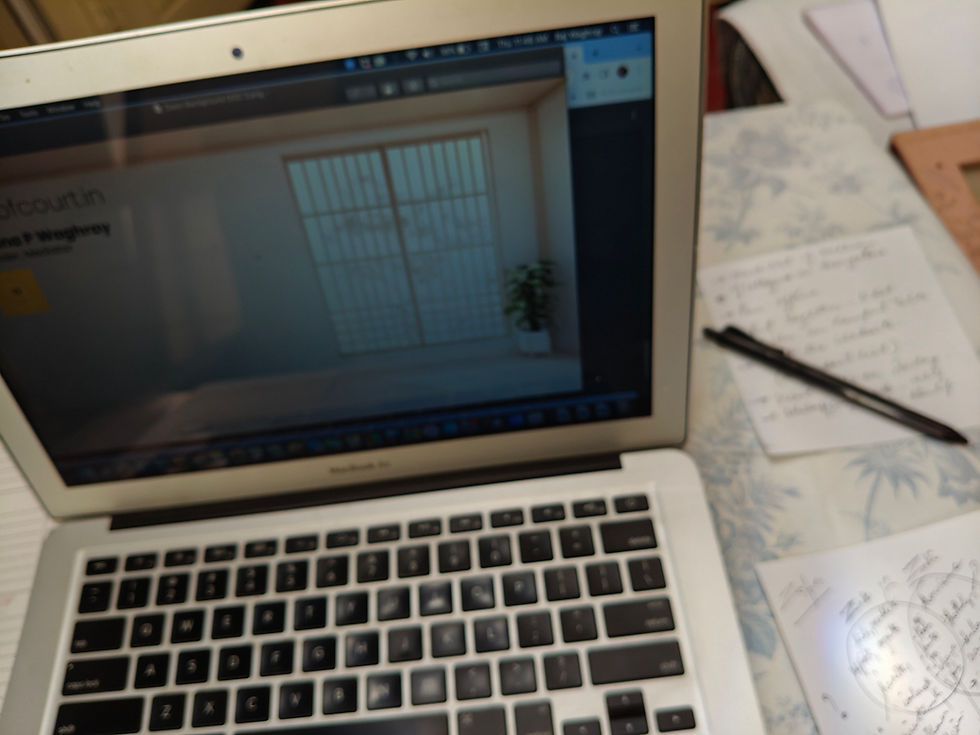Mediator Scribbles - My Mediator Notes – Or a Toddler with Crayons?
- Meena Waghray
- Feb 9
- 2 min read

If you ever got a peek at my mediation notes, you might mistake them for a secret code—or the scribblings of a toddler with a crayon!
Arrows zigzagging across the page, light bulbs popping up, frowns, grins, random words, and a Venn diagram or two (because ZOPA deserves some drama!). But here’s the thing—these scribbles are my roadmap.
While parties talk, argue, pause, and reflect, my notes capture not just what’s being said, but what’s not being said. They help me structure the chaos, find common ground, and decide when to paraphrase when to probe, and when to suggest a Private Session.
Mediation isn’t about forcing a resolution; it’s about helping people tell their stories and really listen to each other. And if my doodles help me do that better—well, I’m not giving up my secret code anytime soon!
In my trainings and workshops, I include a module where mediators learn how to actually scribble notes. Because let’s face it—there is no time for writing eloquently in a mediation! When emotions run high, and information is flying across the table, speed and intuition matter more than perfect penmanship. The goal is to track patterns, emotions, and shifts in conversation, not to create a transcript.
The beauty of these notes is that they are uniquely tailored to my thought process. Each symbol or drawing represents a specific idea or turning point, making it easier for me to recall key moments. Over time, my notes have become an extension of my thought process, a visual shorthand that helps me navigate complex discussions effortlessly.
Moreover, these scribbles serve as a non-verbal map of the mediation process, allowing me to reflect on the session later and refine my approach. It’s amazing how a simple arrow or a hastily drawn face can bring back an entire conversation in vivid detail.
Some mediators might prefer neatly written notes, but for me, the chaos on paper reflects the dynamism of the mediation itself. And often, it’s in this chaos that the real breakthroughs happen.
I also encourage new mediators to develop their own shorthand style. There’s no one-size-fits-all method—it’s about finding what works for you. The key is to keep the notes functional rather than polished.
So, the next time you see a mediator with a page full of cryptic symbols and arrows, know that it’s not chaos—it’s a method. A method designed to bring clarity, uncover hidden interests, and guide parties toward understanding.
And if it looks like a toddler’s masterpiece? Well, maybe that’s just the sign of a mediator in their element.



















Comentarios